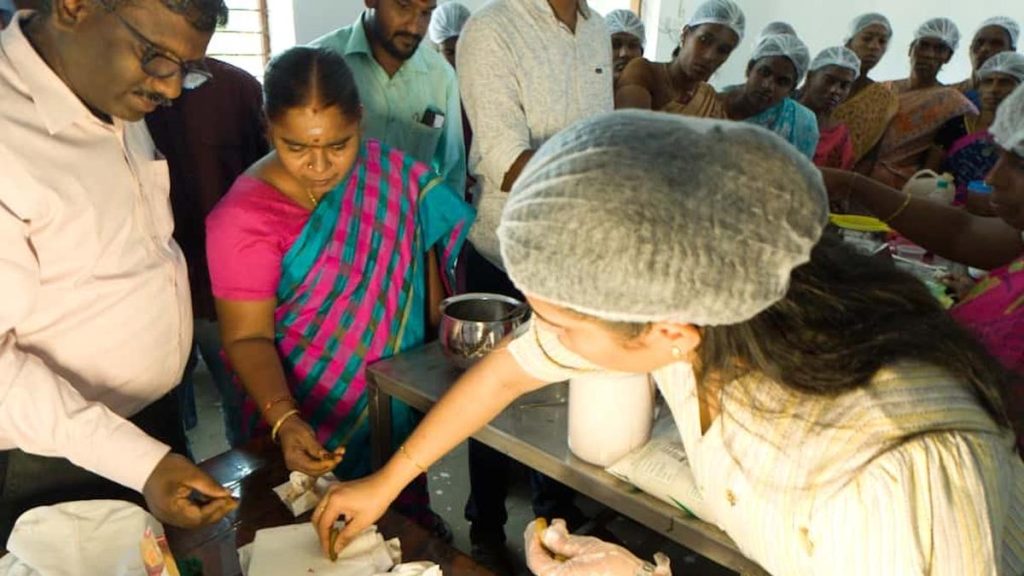Now Reading: 1,400 Vacancies in Aided Schools Announced for Special Appointments: Minister
-
01
1,400 Vacancies in Aided Schools Announced for Special Appointments: Minister
1,400 Vacancies in Aided Schools Announced for Special Appointments: Minister

Quick Summary
- Only 1,400 vacancies for differently abled appointments have been reported by aided school managers, instead of the approximately 7,000 mandated as per the Samanwaya roster.
- Minister for General Education V. Sivankutty accused school managements of sabotaging reservations for differently abled candidates.
- The High Court directed that provisional appointments for positions from November 2018 to November 2021 follow pay-scale guidelines, while those after November 2021 are to be paid daily wages unless procedures under Section 34(2) of the rights of persons with Disabilities Act, 2016 are completed.
- Differently abled appointees could be regularized after verification by education officers based on legal compliance and approvals.
- Legal advice suggests a march Supreme Court judgment affecting aided schools does not alter obligations concerning reservations except for schools under Nair Service Society’s jurisdiction.
- District-level committees have been set up to oversee differently abled hiring and are tasked with completing initial batch appointments by October 25; further issues will be addressed at a State-level adalat in November.
Indian Opinion Analysis
The issue highlights challenges in implementing reservation policies designed under the Rights of Persons with Disabilities Act (RPWD), emphasizing systemic resistance among some educational institutions toward equitable inclusion practices. While steps like forming district committees and setting deadlines aim to enforce compliance efficiently, the low number of reported vacancies points toward deeper procedural hurdles or reluctance from school managements.
Ensuring timely justice through platforms like adalats demonstrates government commitment; though, sustained efforts will be necessary given allegations about politicized protests against such recruitment initiatives. The discrepancy between reported vacancies and directives also underscores potential misalignment between law enforcement mechanisms and ground realities within India’s education sector-a gap that may need further institutional accountability measures to address effectively.
Read more: Link

























